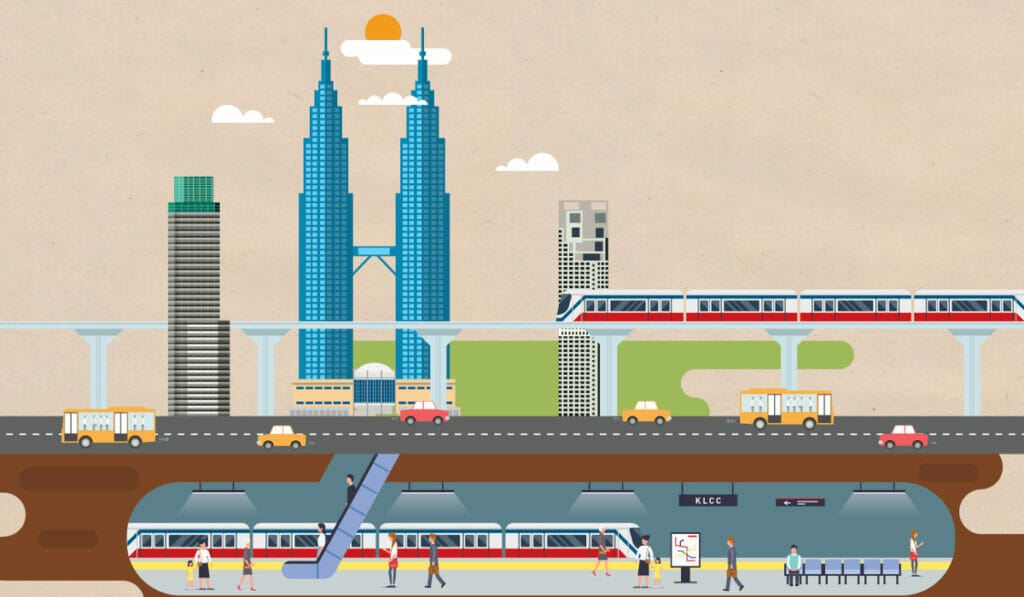Every day, it takes me 60 minutes to drive 30km to work and, during peak hour traffic, it goes up to about 90 minutes one way. Both ways is 180 minutes and, in an average five-day work week, that totals up to about 15 hours just on the commute. So, on average, each year, I spend 720 hours or just about 30 full days stuck in Klang Valley traffic. Keeping in mind that the average adult sleeps about eight hours a day, if you do the math, each year, one-eighth of my waking hours would be spent behind a steering wheel, staring at the seemingly endless stream of brake lights that dot the greater Kuala Lumpur city roads. And you wonder why Malaysians constantly complain about traffic.
According to the World Bank’s 2015 Malaysia’s Economic Monitor report, it was estimated that about five million people get stuck in the Klang Valley traffic every day. That’s between 270 and 500 million man-hours wasted and 1.2 billion litres of fuel burned while idling in traffic, and it cost the country 1.1 to 2.2 per cent of its GDP in 2014. Convinced that this issue is not just one man’s existential crisis, I set out to find the root of this problem and, in my quest to do so, I learnt that the key to not just alleviating the traffic, but to improve the quality of life within the greater Kuala Lumpur city area was urban planning.



